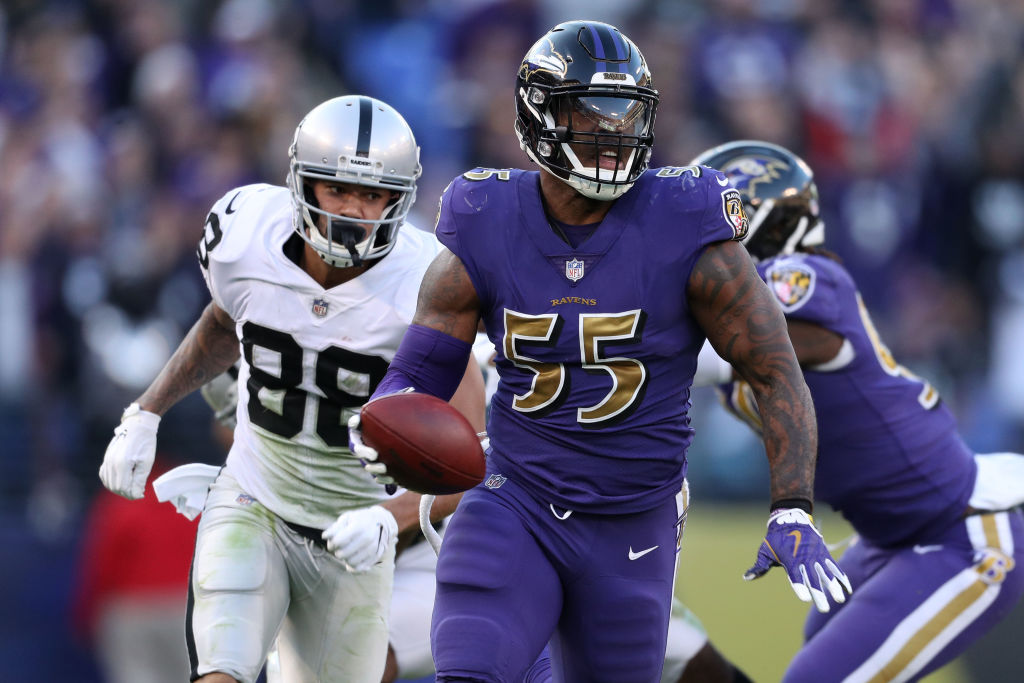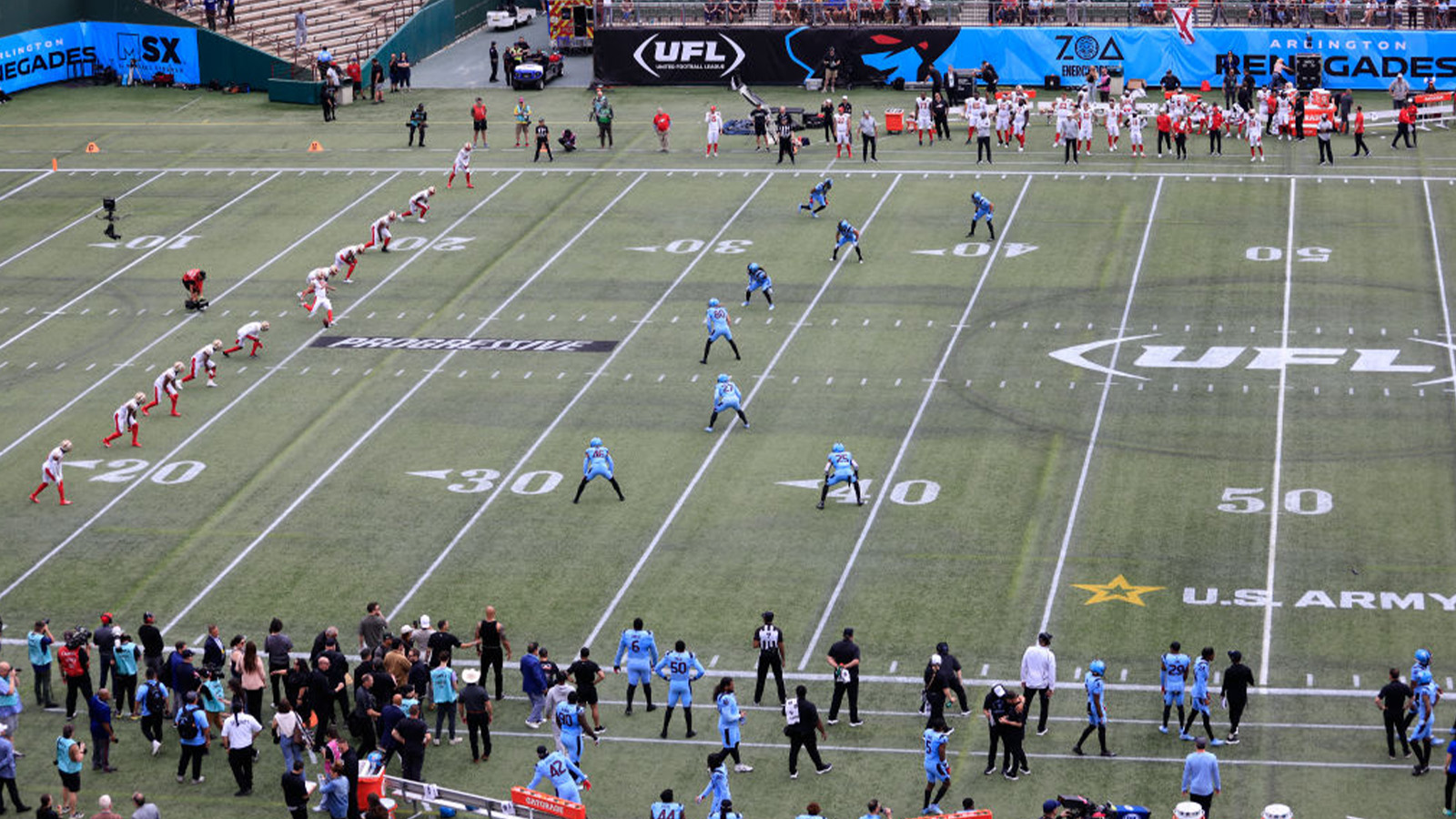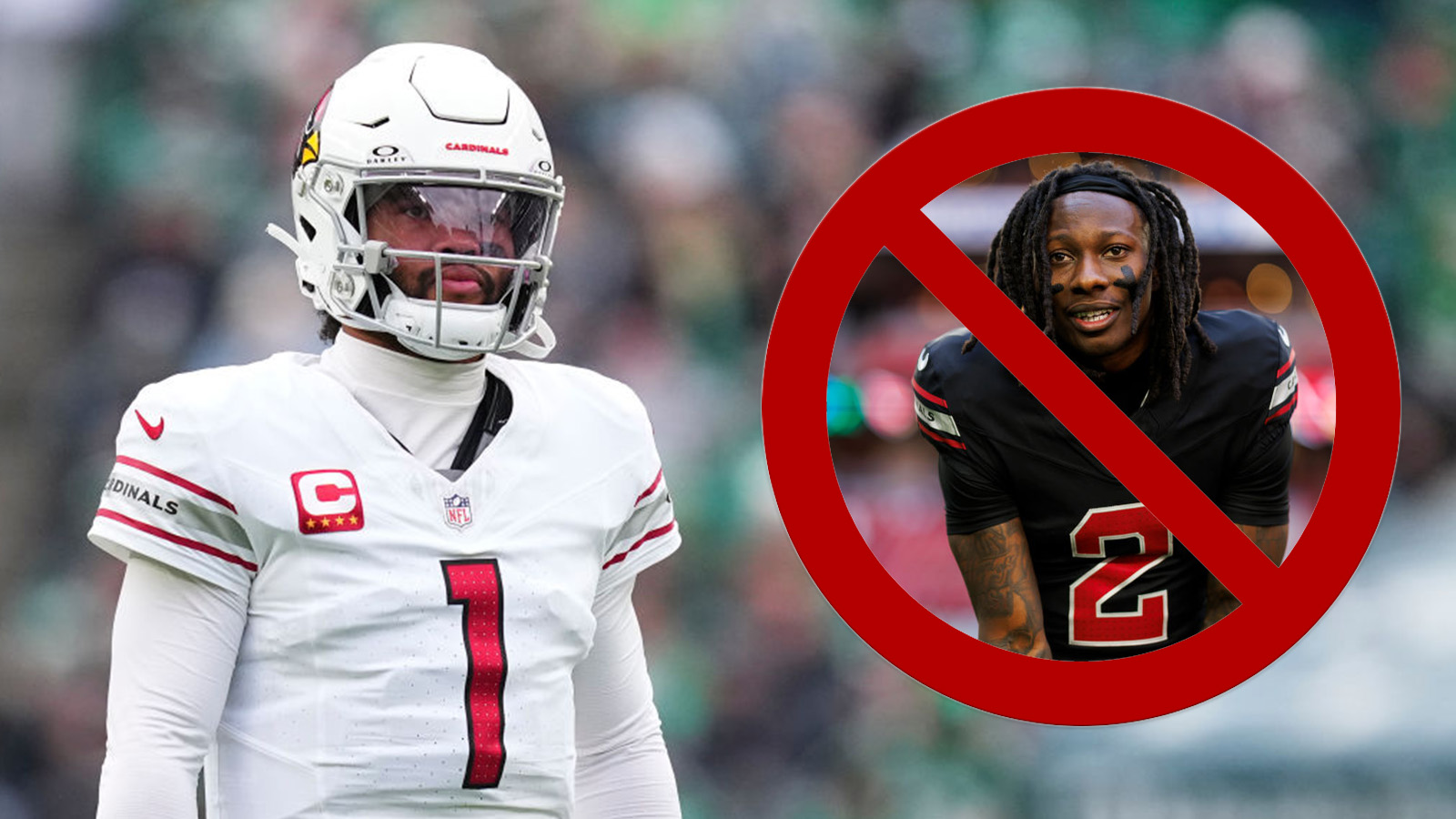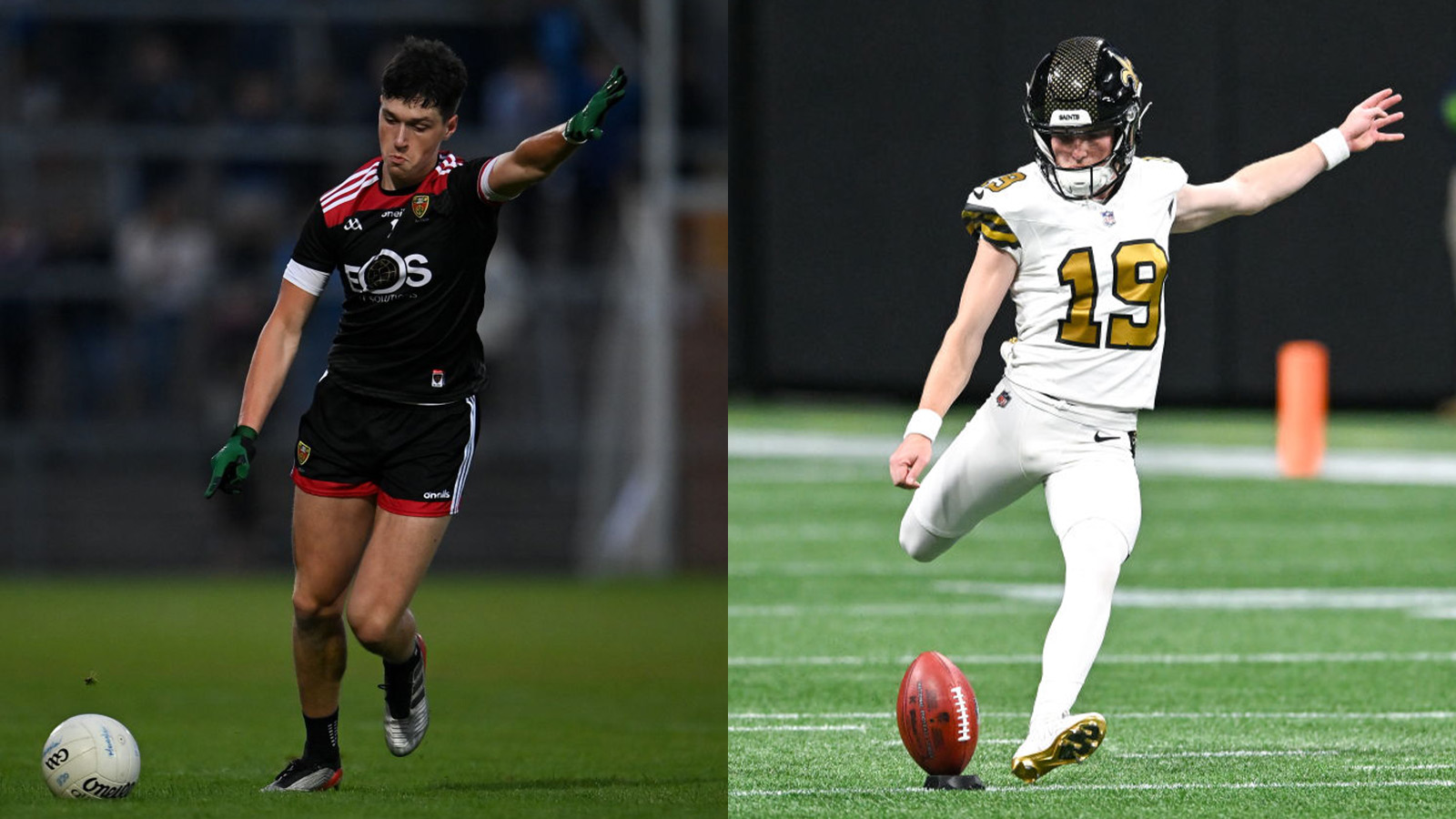
How the Vikings’ Missed First-Round Pick in 2003 NFL Draft Turned Into Future Ravens Hall of Famer
Each year in the first round of the NFL Draft, immediately after the commissioner announces a team’s selection, he notifies the next team that they are on the clock. In 2003, the Minnesota Vikings had a communication breakdown and missed making their first-round selection in the No. 7 slot. Here’s what happened including how the selection snafu benefitted the Vikings and the Baltimore Ravens for years.
The Vikings missed their slot in 2003 NFL Draft
When the Minnesota Vikings entered the 2003 NFL Draft, they had needs across the board. Coming off a 6-10 season, head coach Mike Tice recognized with the No. 7 overall pick the team had an opportunity to select a player who could make an immediate impact.
As the first teams made their selections, the Vikings were simultaneously in trade discussions with three teams—Baltimore, Jacksonville, and New England. As the Vikings’ first-round selection drew near, Minnesota officials settled on a deal with the Ravens, which would allow Baltimore to jump up three spots from No. 10 and select the coveted quarterback Byron Leftwich at No. 7. The Vikings would slide to No. 10 and receive Baltimore’s fourth- and sixth-round picks.
According to Minnesota officials, the Vikings turned in their card to NFL officials, indicating the trade, with just over a half-minute remaining on their 15-minute time limit. Unfortunately, the league had not received verification from Baltimore on its side of the deal. The Ravens acknowledged the trade was agreed upon but hadn’t spoken with a league official to confirm the trade.
As time expired, the Vikings took a “pass” and were informed they would be allowed to make their selection at any ensuing time.
Other teams rush in to make their picks
When the Vikings announced they weren’t prepared to make their selection, other teams pounced. The Jacksonville Jaguars hurried their card up to the stage where it was announced they had selected Byron Leftwich, destroying the Ravens’ plans. It didn’t end there.
Moments later, realizing the Vikings still hadn’t made their way to the stage, the Carolina Panthers rushed up their pick, where they selected offensive tackle Jordan Gross out of Utah. The Ravens were scheduled to make the next selection.
Instead, Minnesota made its decision, notified league officials, and it was validated. With the No. 9 selection of the 2003 NFL Draft, the Vikings selected defensive tackle Kevin Williams out of Oklahoma State. The first-round selection may have been complete, but the public relations nightmare was just beginning.
Later, when a reporter asked Tice about the confusion that resulted in his team sliding two picks, he said, “I’m pissed. There is no other way I can put it.”
What happened to the picks involved in the Vikings confusion?
In hindsight, Minnesota’s 2003 NFL Draft blunder worked out well for both the Vikings and the Ravens. Kevin Williams played 11 seasons in Minnesota, made the All-Rookie team in 2003, and was selected All-Pro six times. He retired in 2015 after a couple of seasons in Seattle and New Orleans.
Instead of getting their first choice in Leftwich, the Ravens selected Terrell Suggs, who exploded on to the scene his rookie season registering 12 sacks, four fumble recoveries, and an interception. He played 16 seasons in Baltimore, was the NFL’s defensive player of the year in 2011-12, made seven Pro Bowl appearances, and was an integral part of a stingy Baltimore defense that helped win the Super Bowl in 2013. Amazingly, Suggs played in 2019 and won his second Super Bowl with the Kansas City Chiefs.
Leftwich made the All-Rookie team his first season in Jacksonville where he played five seasons. He played for four different teams in his final five seasons before retiring in 2012.
Jordan Gross played his entire 11-year career with the Panthers, earning All-Pro honors in 2008, and making three Pro Bowl appearances. He retired in 2013.



